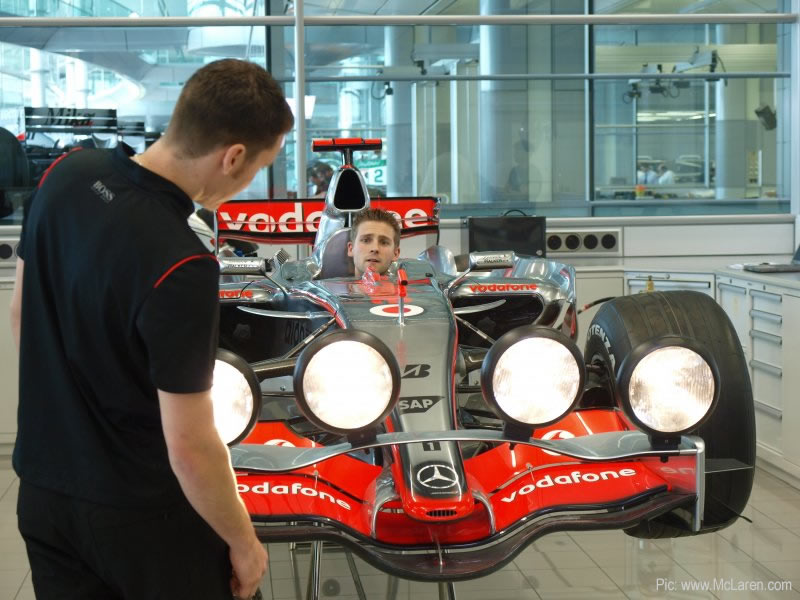Phil wrote: ↑18 Jun 2018, 16:25
graham.reeds wrote: ↑18 Jun 2018, 11:11
GrayGreat wrote: ↑18 Jun 2018, 10:15
Alonso was consistently doing 3:20s and 3:21s, occasionally going above to 3:22s or 23s and some laps in 3:19s as well, and it was in the night, which is pretty good considering that at the start of the race, when both cars were really pushing, in the day-light, they were doing 3:19s and 20s apart from very few laps where they did 3:18s and a 3:17 lap in between.
On Eurosport they had a segment with Tom Christensen called Driver Training where he analysed the driving from the previous two hours. Early on Sunday he brought up Alonso team mates. Alonso had the slowest fastest lap but the fastest average lap of his team mates.
I didn't follow the race, only small segments of it, but how much do these numbers correlate with actual driver performance anyway? This is endurance racing over a very long period - wouldn't these lap times also be influenced by overtaking, lapping cars etc? How accurately can you compare the stint of one driver to the stint of a completely other driver, perhaps even battling other drivers around him?
Pretty accurately I would say. As you said, endurance racing is for a very long period, so moving through traffic, in the fastest way possible is the part of endurance racing. It is not like F1 where you cannot compare 2 stints just because 1 had traffic and other didn't. So if a driver gets faster lap times, because he drove through traffic more efficiently, then that drivers stint will be considered better.
Also if you search on youtube 'Alonso lapping cars Le Mans', you will find a video or 2 showing how aggressively Alonso was moving through traffic, it was almost 'dangerous', so one can say that Alonso was the better driver.
Please note: Alonso's driving is being discussed in the light of how he closed the gap to #7 car during the night (driven by Jose Maria Lopez at the time) hence I said Alonso was the better driver compered to JML.



